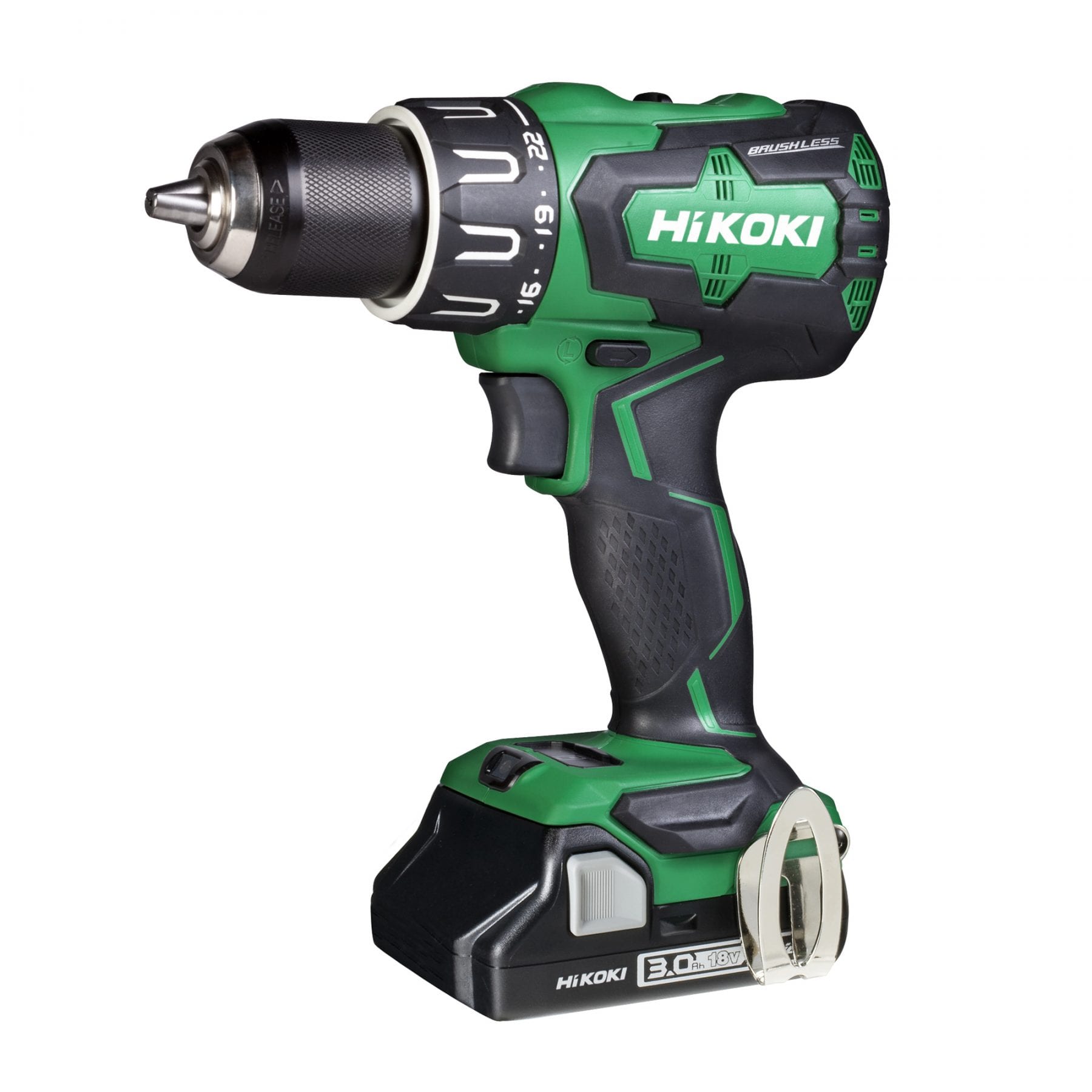
For metal work, I still think I prefer my M12 drill (whose chuck is a giant POS and needs to be pried open regularly with my large Knipex Cobras, might I add…) With hindsight, I would never give up the impact – I much prefer it to the drill these days for ease of use and just raw power, but I also do a lot more wood projects these days and far less metal working since I bought my house. I was missing out… but at the time all of my experience was working on vehicles/metal fab.
#Impact driver drill driver#
My 2nd gen M12 Fuel drill (not hammer) is what started my Milwaukee collection 5 years ago, and until buying the impact driver ~3 years back I never even used an impact driver. Or masonry which is where I well break out the M18 hammer drill, which I have used one time in the 2 years owning it, solely for drilling in concrete. Same as most here, I use both and generally stick to the impact unless I’m drilling holes in metal where I just find more comfort in my drill. Its chuck makes switching between auger bits (with 7/16 hex) and impact sockets a quick task. In the warmer months I move to outdoor projects – and have lately been using an M18 2765-20 (7/16 hex) driver for both drilling and driving lags. And – they are overkill for driving the sorts of screws i use in furniture-making.
#Impact driver drill drivers#
For my tastes – impact drivers are not as well suited for drilling furniture pilot holes, clearance holes or counterboring/countersinking as the more wobble-free true drill. I still prefer an older M12 2401-20 or hand driver for driving screws for hinges and brass trim. Once in a while – I’ll resort to a right angle or close-quarters drill. Reverting back to more furniture making in the colder months, I typically will set up several pistol-grip drills (typically Bosch and Milwaukee 12V) with different bits, countersinks etc. The M12 and M18 pistol grip impact drivers (2450-20, 2753-20) that I’d arm myself and family “crew” with – are now mostly gathering dust. In the last few years my in-house carpentry efforts that had previously had me at my kids houses slowed to a trickle. Modern premium cordless drills sometimes offer anti-kickback sensors that cut power to the motor when jamming or counter-rotation is detected.Īll this is to say that there are distinctions between how the two very types of tools can be used, but also a lot of overlap.

I tend to use both tools for different tasks – cordless drills for smaller holes and driving smaller fasteners to consistent depths, and impact drivers for larger holes and driving longer or larger fasteners.īecause of how they work, impact drivers tend to be far less prone to kickback or counter-rotational forces, such as if a large drill bit jams. Drill chucks can also work with round or 3-flat drill bits and adapters, up to their maximum capacity (usually 1/2″, or 3/8″ for smaller or entry-priced models). You can use 1/4″ hex drill bits, screwdriver bits (shorter ones usually require a bit holder or extension), and other such hex-shank accessories in a cordless drill or impact driver. More premium impact drivers will offer 2-4 (or more) speed ranges, and maybe special fastener installation or removal modes. Drills also typically have 3-jaw chucks and an adjustable torque-limiting clutch that helps users sink fasteners to repeatable depths.Ĭordless impact drivers have completely different mechanical drive trains, and quick-change 1/4″ hex chucks. Some premium models have more, and the most entry-priced models tend to have 1.

Most cordless drills have 2 speed ranges, low and high.


 0 kommentar(er)
0 kommentar(er)
